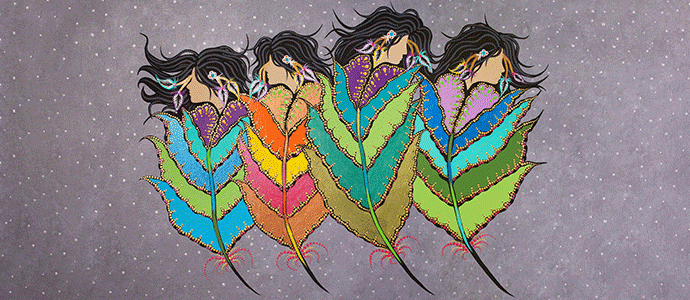The CBA is committed to answering the calls of the Truth and Reconciliation Commission. A central premise of the CBA’s ongoing work is to provide a hub of resources and information to lawyers across Canada to understand the truth and engage in reconciliation with Indigenous peoples.
The newly-launched Truth and Reconciliation website is a communications vehicle for the entire Canadian legal community. A website was one of the deliverables set out by the CBA Truth and Reconciliation Task Force, which presented its final report in January 2019. The Association’s philosophy is “when you know better, you can do better,” so, in the coming months, the CBA is committed to:
- Offering educational resources to both the legal community and CBA staff to increase awareness of the legacy of the Indian Residential School System, support anti racism/bias training, and increase cultural competency as it relates to the Indigenous community.
- Working towards removing barriers to Indigenous participation in the CBA.
- Engaging in acts of reconciliation.
- Building authentic relationships with the Indigenous community and keep the conversation going.
A section titled resources educates website visitors about the true history and legacies of Indigenous peoples in Canada, outlines the work of the CBA and others in responding to the TRC’s calls to action, and offers materials and tools to support legal practitioners to work more effectively in cross-cultural environments.
An advocacy section on the site is a resource for visitors to review CBA’s ongoing efforts—especially those that improve access to justice for Indigenous peoples in Canada.
Members are encouraged to visit the website frequently, as it will be an evolving and dynamic platform with regular updates on the CBA’s advocacy efforts, new educational resources and updated tools to support reconciliation.

The website features artwork from talented Indigenous artists. CBA members are encouraged to consider purchasing Indigenous artwork from artists on this website for home or office, in the recognition that supporting Indigenous artists is an act of reconciliation. The featured artists include:
- Colleen Gray is a Metis artist and the founder of The Art For Aid Project, an initiative that sends new and gently used art supplies to remote First Nations, Inuit and Metis schools. For many years, Colleen worked primarily with ink and watercolour pencil on paper. More recently, the Carleton Place, Ontario artist has been working with ground mineral based watercolour paint on synthetic paper —a truly unique medium.
- Debra Vincent is a bear clan member of the Mohawks of the Bay of Quinte and resides on the Tyendinaga Mohawk Territory in Ontario. After a lengthy administrative career, she decided to return fulltime to her lifelong passion of art. Acrylics, mixed mediums, and pen and ink are her current media of choice.
- Tracey Metallic is a Mi’gmaq artist whose talent found expression as a founding member of Pugwalesg, a Mi’gmaq women’s hand drum group. Born and raised on the shores of the Restigouche River, she resides in her home community of Listuguj, Quebec in the territory of Gespe’gewagi. She began painting cartoon characters for her grandchildren as a therapeutic outlet, but, upon sharing her work on social media, she began receiving requests for abstract paintings.
Additional artists will be featured on the website as time goes by. Check this website often to stay up-to-date on the CBA’s advocacy efforts, tools and resources, and professional development offerings that you need to redress the difficult legacy of Indigenous people in this country (and to see new artwork!).